Blogging and content marketing are essential components of any successful online business. They are effective ways to reach out to your target audience, build credibility, and establish yourself as a thought leader in your niche.
In this article, we’ll walk you through the fundamentals of blogging and content marketing, as well as provide tips on how to set up your blog for success and create high-quality, engaging content.
We’ll also discuss some content marketing strategies to help you achieve success, including building an email list and utilizing social media platforms.
AFFILIATE DISCLAIMER: I SOMETIMES LINK TO PRODUCTS AND SERVICES TO HELP COVER THE COSTS OF RUNNING THIS BLOG. THERE’S NO EXTRA COST TO YOU – AND I ONLY RECOMMEND PRODUCTS THAT I’VE BOTH USED PERSONALLY AND THINK ARE QUALITY PRODUCTS THAT HELP WITH EFFICIENCY. PLEASE READ MY AFFILIATE DISCLOSURE FOR MORE INFORMATION. THANKS FOR YOUR SUPPORT!
Table of Contents
- Understanding the Basics of Blogging and Content Marketing
- Setting Up Your Blog for Success
- Creating High-Quality Content
- Content Marketing Strategies for Bloggers
- Conclusion
Pin it on Pinterest!
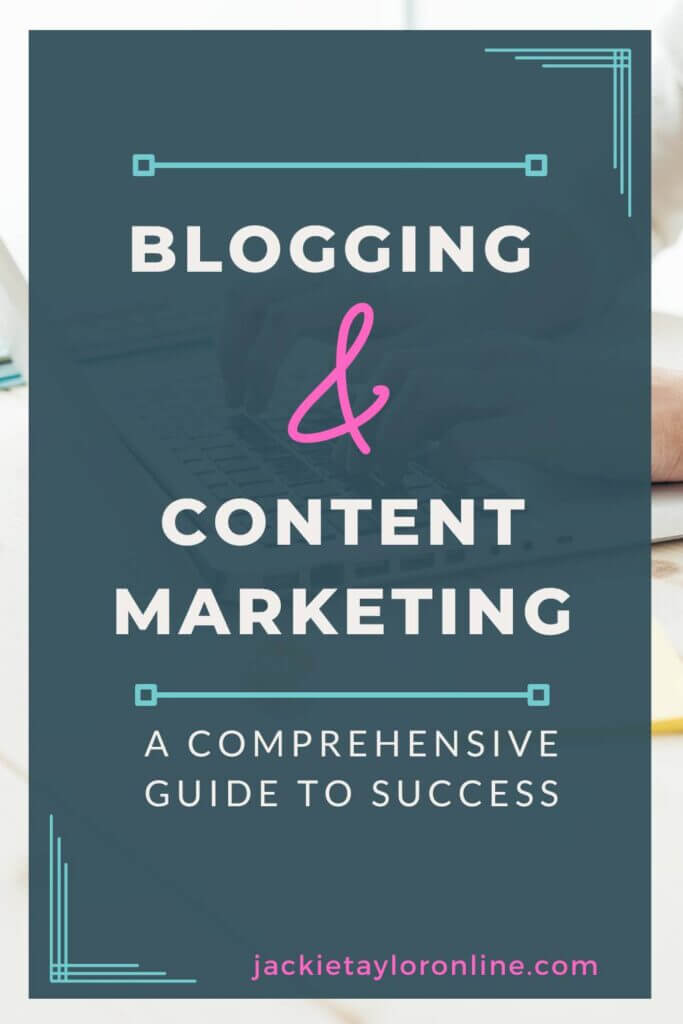
Understanding the Basics of Blogging and Content Marketing
Blogging and content marketing are two essential components of any successful online marketing strategy. Together, they can help you establish your brand, build trust with your audience, and ultimately drive profitable customer action. In this article, we’ll take a closer look at what blogging and content marketing are, and how they complement each other.
What is Blogging?
Blogging is the process of writing and publishing content on a blog. It’s a way for individuals and businesses to share their thoughts, expertise, and experiences with a wider audience. A blog post can be written on any topic, and its style can range from formal to informal. Blogging gives people a chance to express themselves and share their opinions, as well as provide valuable information to their readers.
One of the key benefits of blogging is that it allows you to establish yourself as an expert in your industry. By consistently providing high-quality content that is relevant and valuable to your readers, you can build trust with your audience and establish yourself as a thought leader in your niche.
Another benefit of blogging is that it can help you with search engine optimization (SEO). Search engines like Google love fresh, relevant content, and by consistently posting new blog content, you can improve your search engine rankings and drive more traffic to your website.
SEO leads have a 14.6% close rate, while outbound leads (such as direct mail or print advertising) have a 1.7% close rate.
OptinMonster
What is Content Marketing?
Content marketing refers to the strategic distribution of valuable and engaging content to attract, retain, and engage a specific audience. It’s a way to establish yourself as an expert in your industry, build trust with your audience, and ultimately drive profitable customer action. Content marketing can take many forms, including blog posts, social media updates, videos, infographics, and more.
One of the key benefits of content marketing is that it allows you to provide value to your audience before asking for anything in return. By providing valuable content that is relevant and engaging, you can build trust with your audience and establish yourself as a thought leader in your industry.
Another benefit of content marketing is that it can help you attract and engage a specific audience. By creating content that is tailored to the interests and needs of your target audience, you can attract their attention and keep them engaged with your brand.
How Blogging and Content Marketing Complement Each Other
One of the key benefits of blogging is that it supports your content marketing efforts. By consistently posting high-quality content on your blog, you’re able to attract and engage an audience that is interested in your niche.
These readers may then become loyal followers of your brand and share your content with their own networks, expanding your reach even further.
Blogging can also help you with SEO by providing fresh and relevant content for search engines to index.
Content marketing, on the other hand, allows you to take your blogging efforts to the next level. By strategically distributing your blog content across different channels, such as social media, email marketing, and guest posting, you can reach a wider audience and attract more traffic to your website.
Content marketing also allows you to repurpose your blog content into different formats, such as videos or infographics, to appeal to different types of learners.
In conclusion, blogging and content marketing are two essential components of any successful online marketing strategy.
By consistently providing high-quality content that is relevant and valuable to your audience, you can establish yourself as a thought leader in your industry, build trust with your audience, and ultimately drive profitable customer action.
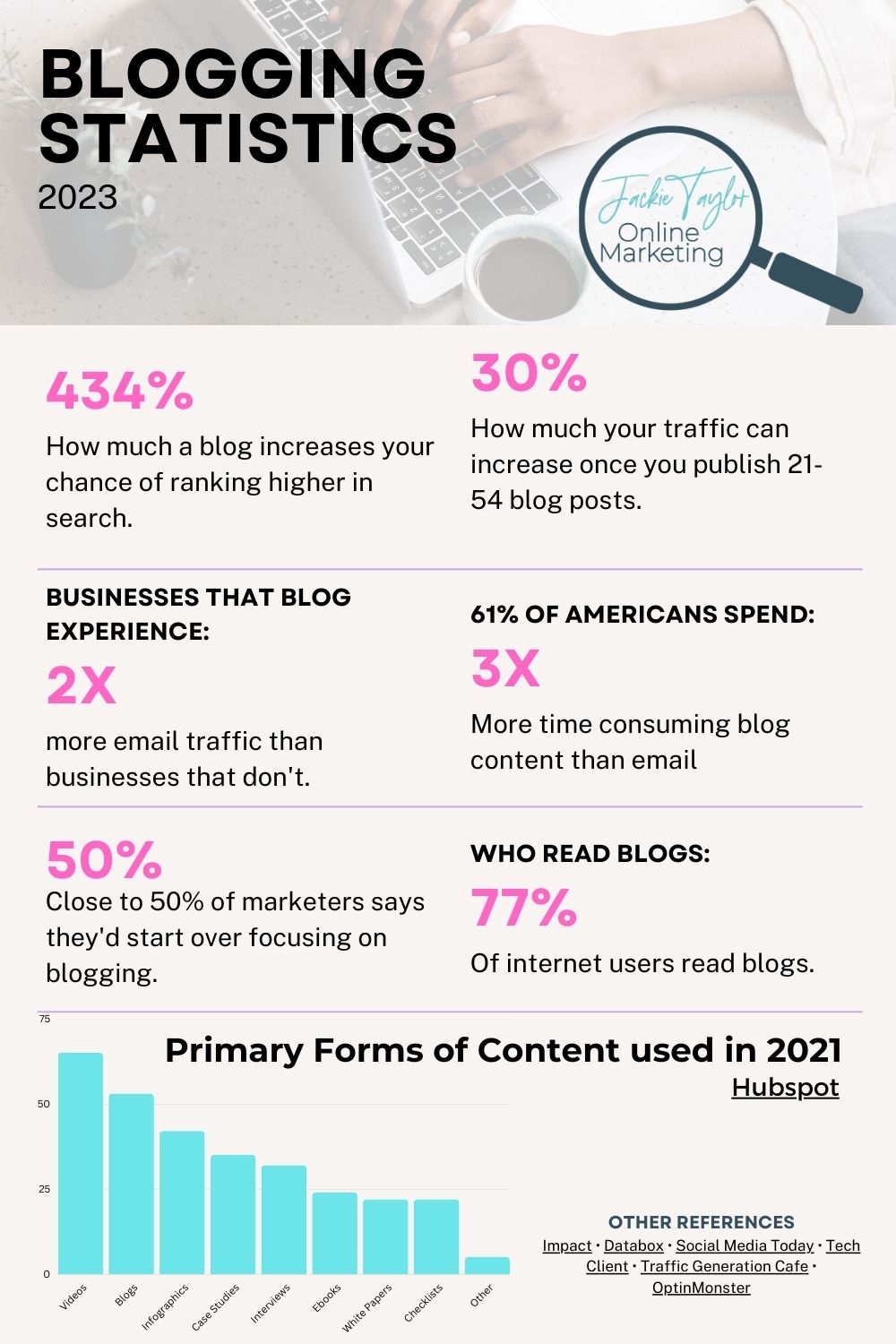
Setting Up Your Blog for Success
Choosing the Right Platform
When it comes to setting up a blog, there are several platforms to choose from. WordPress is the most popular and versatile of these platforms, offering a comprehensive content management system that enables you to customize your blog as you see fit.
Other options include Blogger, Squarespace, and Showit which may be more beginner-friendly for those who are new to blogging. Whatever platform you choose, make sure it aligns with your goals and objectives.
Related Article: Comparing Showit Vs Squarespace: Which platform is best for your webstite?
Designing an Engaging Blog Layout
Your blog’s design plays a significant role in how readers perceive your brand. You want to create a design that is both visually appealing and easy to navigate.
Choose a color scheme that aligns with your brand’s personality and use high-quality images and graphics to enhance your content.
Make sure your blog’s navigation is intuitive and easy to understand. This means make sure there is an easy-to-follow flow for your content. Make it easy for users to find what they need. Put relevant information in easy-to-access locations. Don’t bury your best content.
And make sure your design makes it easy to read and find things. Don’t make your design so flashy that your readers can’t even understand what they’re looking at. Use fonts that are pleasing to the eye and your readers can actually read.
Choose colors that complement easy other and make it easy to see your content. Stark white backgrounds are actually harsher on your readers’ eyes than backgrounds with a little color. Think tans, off-white, or pale colors. And black backgrounds make all colors harder to read.
Essential Blogging Tools and Plugins
There are many tools and plugins available to help you create a successful blog. Some essential tools include Google Analytics and Google Search Console, which can help you track your website’s performance. Make sure to connect these two tools as well for more advanced data tracking.
Yoast SEO or RankMath are both plugins, which can help you optimize your blog posts for search engines.
I wouldn’t use the paid version of either of these tools, as you can get that information for free from Google Search Console and Analytics. But they’re great for a quick look to see if you’re on the right track with your SEO. Both plugins show you whether you’re on the right track right inside of WordPress.
Other useful plugins include Jetpack, which adds a number of features to your blog. The main features include security, performance, and marketing tools. Jetpack keeps your site protected.
I also recommend Social Warfare for a social sharing plugin. This WordPress plugin enables readers to share your content directly to social media.
Creating High-Quality Content
Identifying Your Target Audience
The first step in crafting high-quality content is to identify your target audience. Consider their demographics, interests, and pain points, and create content that is tailored to their needs.
By understanding your audience, you’ll be able to create content that resonates with them and addresses their specific challenges.
Learn more about your audience using surveys. Get structured testimonials that highlight the right aspects of your products for more sales.
And it’s possible to have your surveys done and ready to use in under an hour.
Conducting Keyword Research
Keyword research is an essential component of content creation. It enables you to identify the search terms your audience is using to find information about your topic, and to create content that ranks well in search engine results pages (SERPs).
Use tools like Google Keyword Planner, KeySearch, or SEMRush to conduct your research, and aim for long-tail keywords that are less competitive but still relevant to your niche.
That doesn’t mean you can’t try to rank for keywords that have more competition. If you’re a newer website with low domain authority, you’ll want to really try for mostly low competition keywords. And longtail keywords tend to have lower competition.
However, trying to rank for a variety of keyword volumes is where you really want to be. So, longtail keywords with low competition, a few medium competition keywords, and finally sprinkle in a few head terms (shorter and usually one or two words – like content marketing).
This wide-range of keywords will give you a stronger SEO strategy for better success.
Crafting Compelling Blog Post Titles
The title of your blog post is the first thing readers will see, and it can make or break their decision to click through and read more.
Craft titles that are engaging, informative, and attention-grabbing, while also accurately reflecting the content of your post. Use action words, numbers, and emotive language to pique the reader’s interest.
Writing Engaging and Informative Content
When it comes to writing your blog post, your emphasis should be on creating content that is both engaging and informative.
Use simple and concise language, and break up your text into short paragraphs with subheadings to make it easier to read.
Incorporate visuals like infographics, images, or videos to illustrate your points and make your content more interesting.
Incorporating Visuals and Multimedia
Visuals are an essential component of any blog post, as they can help to break up text and provide a more engaging experience for readers.
Incorporate high-quality images, videos, and infographics into your posts to make them more attractive and interesting.
Use multimedia with a purpose and make sure it aligns with the message and objective of your post.
Share it on Pinterest!
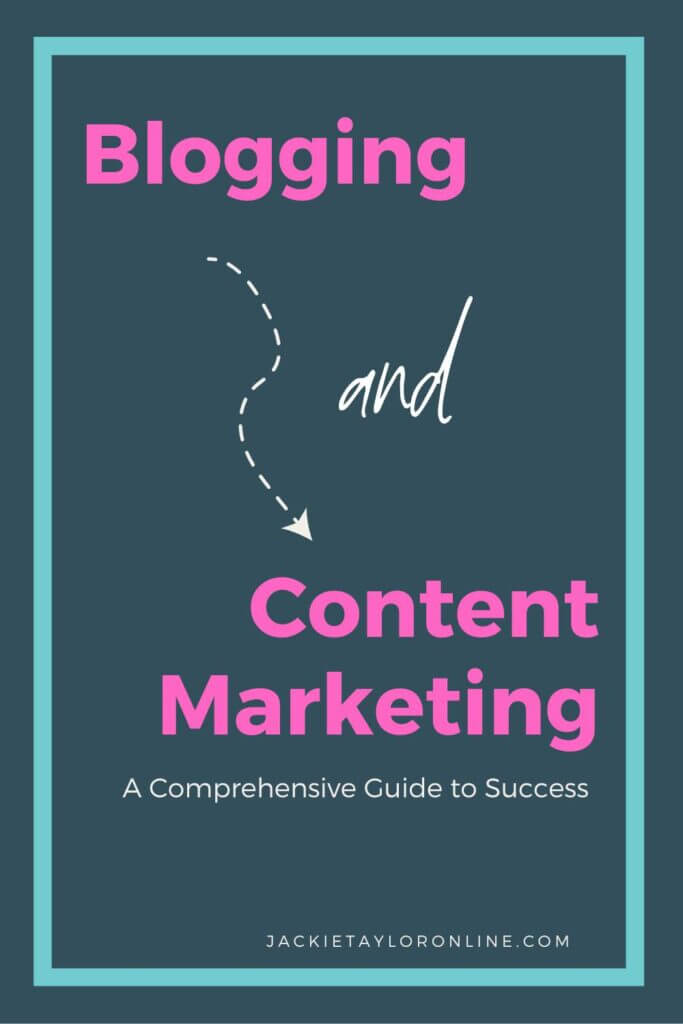
Content Marketing Strategies for Bloggers
Building an Email List
Building an email list is an essential part of content marketing. It enables you to communicate directly with your audience and promote your content to them on a regular basis.
Offer incentives such as a free eBook or a discount code to entice readers to sign up for your list.
Once you have established an email list, make sure to provide valuable and engaging content through your emails to keep your subscribers engaged.
Utilizing Social Media Platforms
Social media is a powerful tool for content marketing, as it enables you to reach a wider audience and engage with your target market in real-time.
Choose one or two social media platforms to focus on, and create engaging content that aligns with each platform’s culture and audience. Interact with your followers, respond to comments or messages, and use relevant hashtags to increase your reach.
And if you don’t like the thought of constantly posting to social media, don’t. It isn’t the end all, be all for online visibility. It’s about picking the online platforms that fit your business, where your audience is, and the lifestyle that you can commit to for long-term content creation.
And with blogging, Pinterest and YouTube are both great options for long-term success. They both have the ability to bring traffic to your website or blog long after you post or pin.
Guest Posting and Collaboration
Guest posting is a popular content marketing strategy that involves writing blog posts for other blogs in your niche. This strategy enables you to reach a wider audience and gain exposure for your brand.
Additionally, collaboration with other bloggers or social media influencers in your industry can help broaden your reach and increase your credibility.
Influencer Marketing and Partnerships
Influencer marketing involves partnering with individuals or companies who have a large social media following to promote your content or products. This strategy can be highly effective in reaching your target audience and building trust and credibility.
Choose influencers carefully, ensuring they align with your brand and values.
Conclusion
Blogging and content marketing are powerful tools for reaching and engaging with your target audience. By following the tips outlined in this article, you can set up a successful blog, create high-quality content that resonates with your readers, and develop effective content marketing strategies to achieve your business goals.
Remember to always prioritize the needs of your audience and stay true to your brand’s values and personality. Happy blogging!
-

10 SEO Myths and Facts: And how they’re crucial to your SEO success
-

Showit Blog Templates
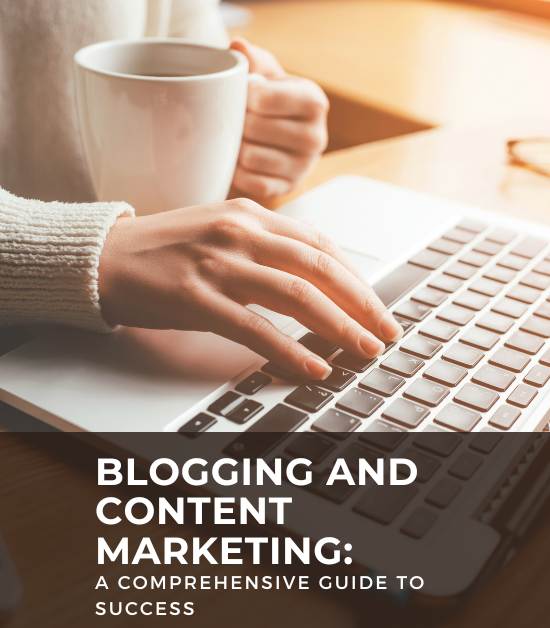
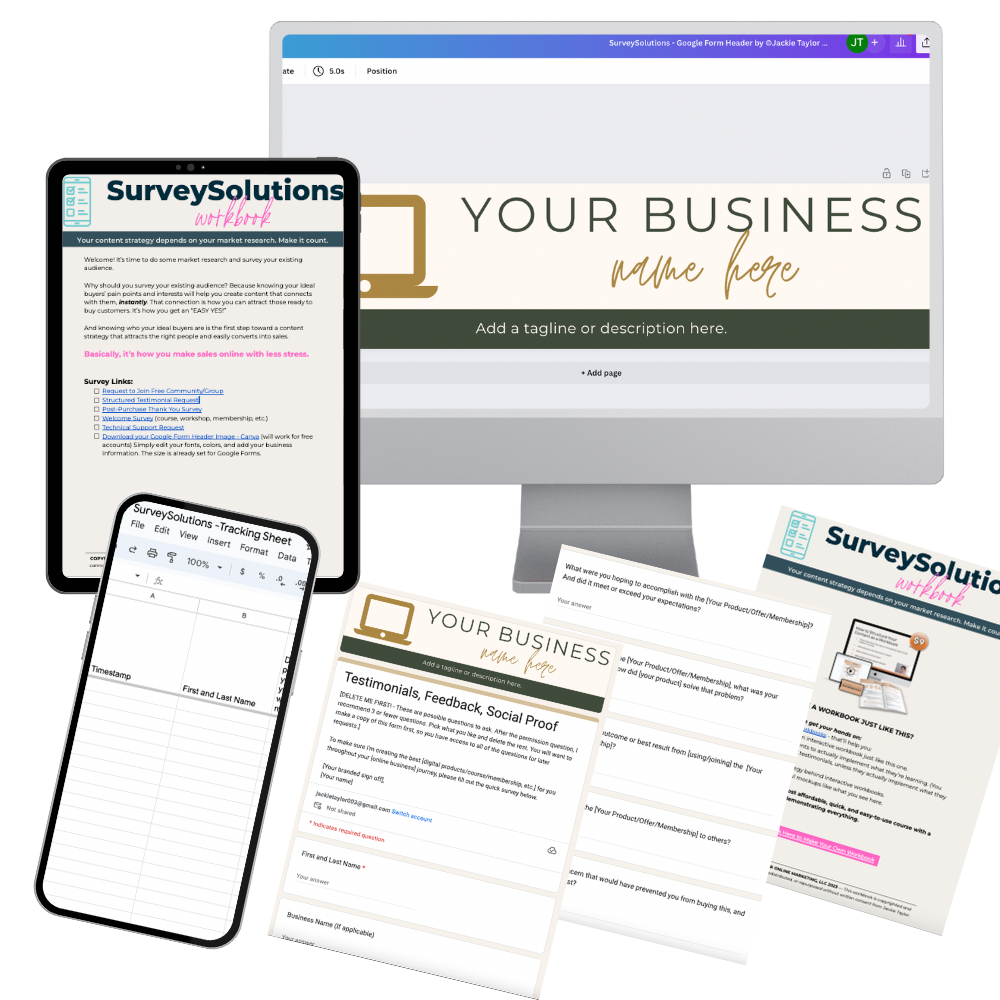
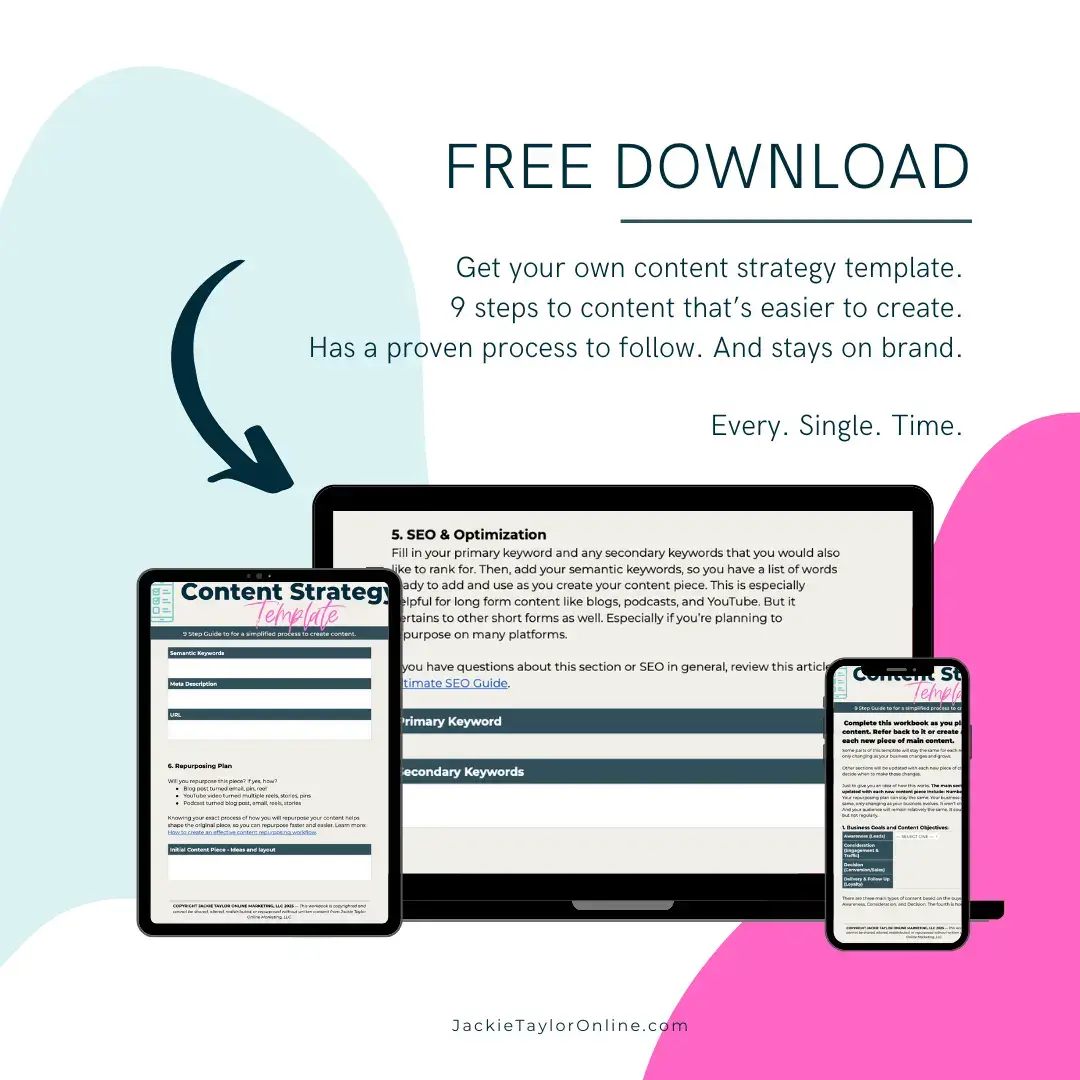

+ show Comments
- Hide Comments
add a comment